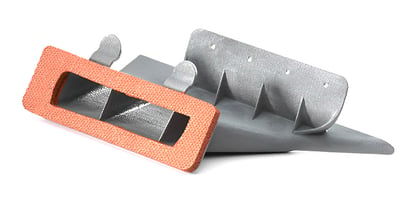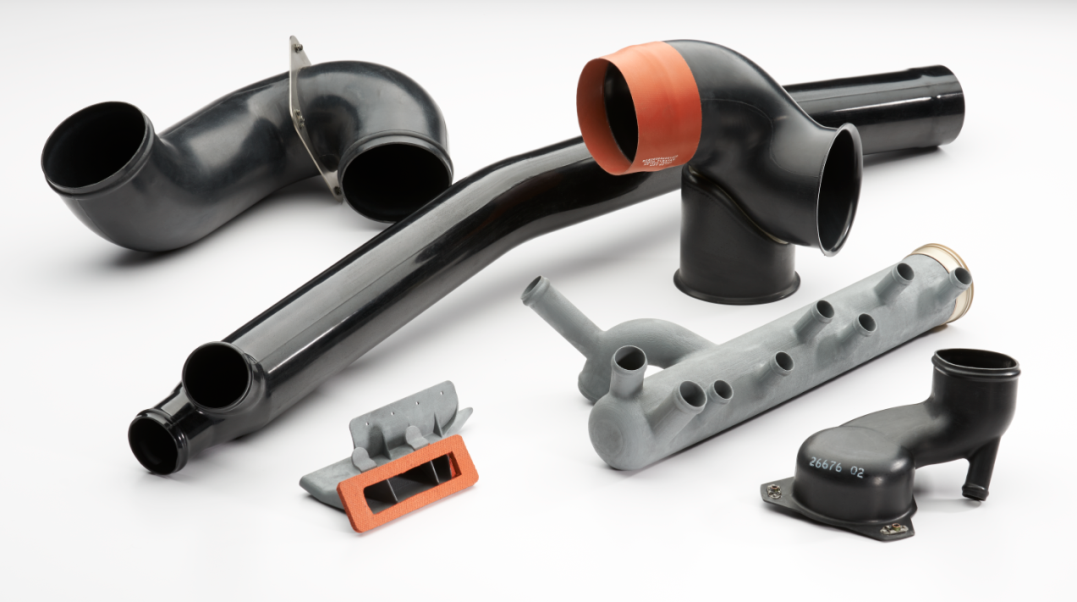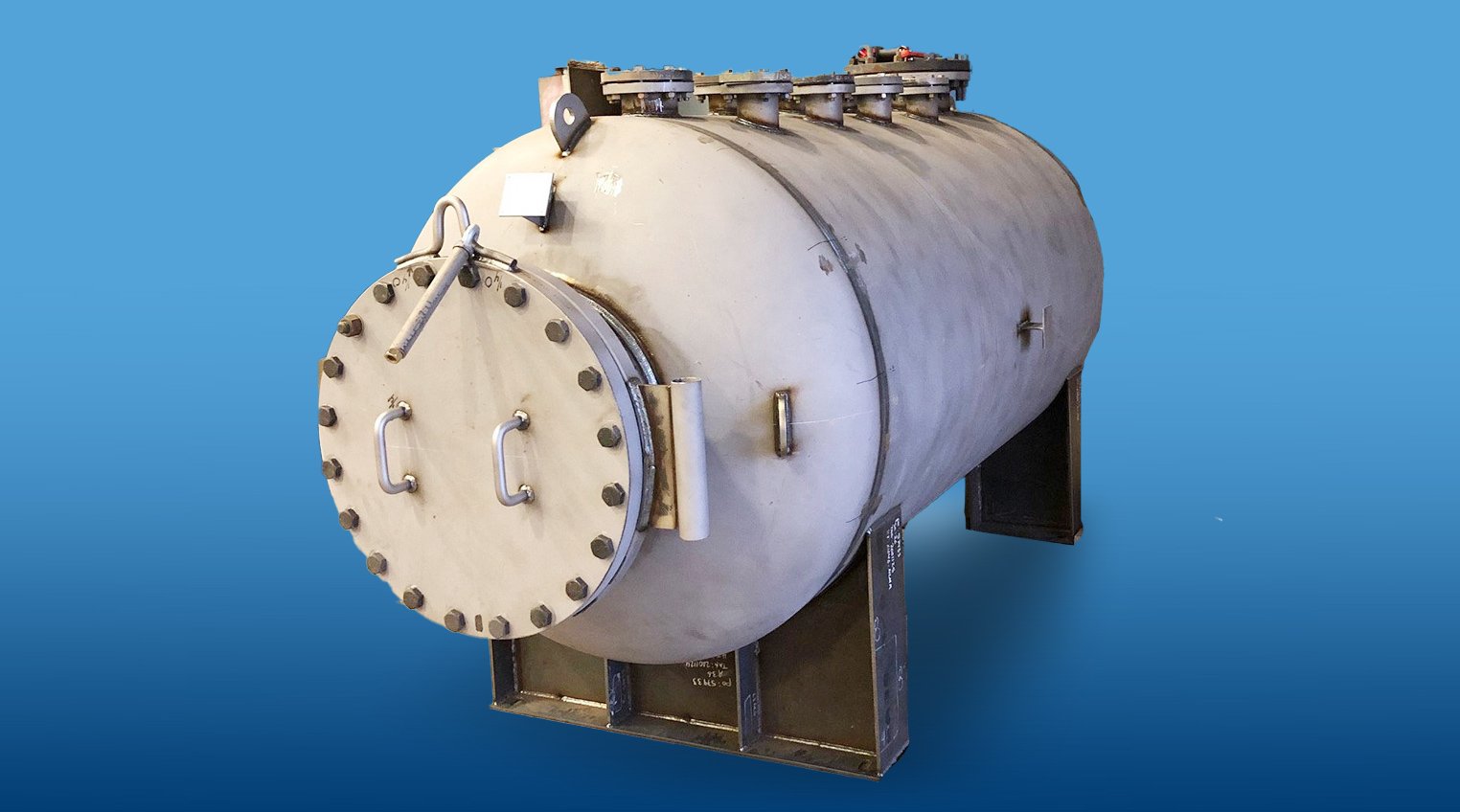Ready to Launch? Consider Additive Manufacturing for Complex Aerospace Solutions
Additive manufacturing as part of advanced engineering technologies (along with renewable energy and nanoparticles) forms one of the four pillars of disruptive technologies ushering in Industry 4.0, or the fourth Industrial Revolution. Yet even though this term has been bandied about for more than a decade, a McKinsey survey conducted in 2021 found that just 26% of global manufacturing firms said they had scaled some or many of their Industry 4.0 use cases.
As early adopters of additive manufacturing, the aerospace and defense industries present the perfect picture of its meteoric rise. Additive manufacturing within aerospace equaled U.S. $3.58 billion in 2020, with a projected CAGR of 19.51% through 2028. Even within aerospace, however, some firms have yet to fully explore the benefits the technology can provide. An overview of its advantages compared to traditional manufacturing methods, particularly applied to aerospace applications, illustrates why companies should consider making the switch and work with RMB Products for aerospace parts manufacturing.

What is additive manufacturing technology?
Additive manufacturing is a disruptive technology that incorporates 3D printing techniques that rely on a CAD-generated design and layout. The process adds material one layer at a time to the structure of a three-dimensional object or part. Materials can include metals, ceramics, composites, or polymers. RMB works with high-performance thermoplastic polymer resins to create 3D-printed aerospace solutions that replace traditional composite or metal aircraft parts.
The major aerospace original equipment manufacturer (OEM) design engineers are familiar with the files required for 3D printing and will supply design-to-print or design-to-build files for their projects. Originally, when additive manufacturing was a nascent industry in the early 2000s, RMB was one of the pioneers, showing customers how additive manufacturing could help customers create parts with more advanced designs.
The model-based parts are generated electronically via a CAD system. Customers rely on RMB’s depth of expertise, history with the process, state-of-the-art equipment, and quality control processes to take the file from the computer to completion.
The many benefits of additive manufacturing for aerospace
Additive manufacturing specifically benefits the aerospace industry in several ways. The upfront benefits immediately reduce part count, certifications, and cut costs. Traditional manufacturing of aerospace parts with complex geometries might require welding or joining together 15 to 20 different components. However, 3D printing reduces that part count to one.
Reduced weight: Manufacturers using 3D printed parts made of high-performance resin in place of traditional metal parts with welded seams reduce the weight of the components. Yet 3D printed parts supply the strength and durability required. Overall, weight reduction can improve an aircraft’s fuel efficiency and performance.
of traditional metal parts with welded seams reduce the weight of the components. Yet 3D printed parts supply the strength and durability required. Overall, weight reduction can improve an aircraft’s fuel efficiency and performance.
Improved design flexibility: Additive manufacturing processes allow for the creation of complex geometries and internal structures that would be difficult or impossible to produce using traditional manufacturing methods. This can help save space, lead to improved performance, and foster the development of new and innovative designs.
Iterative design: In addition to design flexibility, additive manufacturing allows for iterative design. For example, the engineers might discover the need to add an indentation in a part or component to accommodate a cable, hydraulic line, or mounting structure. Iterative design lends the flexibility to create a new iteration of the printed part when working with a revised CAD file.
Reduced lead times: Because additive manufacturing relies on a CAD drawing to translate a design to a 3D printer, this eliminates the costly and time-consuming process of creating a mold or constructing a part using welds. This significantly reduces lead times for both initial production and allows for the on-demand production of parts.
 Lower cost: The lack of tooling and the quicker setup and manufacturing times, combined with lack of material waste, supplies a dramatic cost comparison for a laser-sintered part compared to the traditional method of constructing aerospace components, such as complex ductwork.
Lower cost: The lack of tooling and the quicker setup and manufacturing times, combined with lack of material waste, supplies a dramatic cost comparison for a laser-sintered part compared to the traditional method of constructing aerospace components, such as complex ductwork.
Greater sustainability: In addition to reducing the time associated with traditional manufacturing methods for aerospace parts production, additive manufacturing can help trim costs and save materials. There is little to no scrap or wasted materials using 3D printing methods for parts production. Plus, it can supply energy savings compared to traditional manufacturing methods.
Space saving: Due to the intricacies allowed by additive manufacturing, parts can help save space within an aircraft’s design. In addition, due to the design flexibility and lead times, it can help save on warehousing costs and simplify planning for supply chains.
Customization: The degree of customization enabled by additive manufacturing far outstrips any other type of traditional technologies. Customization can open the door to increasingly innovative design concepts and improve manufacturing efficiencies or even aircraft performance.
Reduced paperwork: OEMs might overlook the reduced paperwork that results from additive manufacturing, yet this is an important feature. Traditional manufacturing required fabricating and then joining (via bolts or welding) multiple parts to form a single component. For example, one duct could involve more than a dozen pieces. And each step in the process of its construction requires a separate certification — for the aluminum parts, the gas, and the welders themselves. Each step of that process and each certification required impacts the final quality and production timeline.
The advantage of aerospace additive manufacturing is that it requires just two certifications: one for printing and one for the material used in the printer. This simplifies the paper trail. It also reduces the manufacturing to a single piece, rather than multiple bits with multiple certifications. This shortens the period for delivery, simplifies the process, and drastically slashes the potential for error. In the end, manufacturers gain improved product quality.
Why choose RMB for aerospace solutions involving additive manufacturing?
RMB acts as a production house for flight hardware incorporated into the most advanced aircraft in the world, for both defense projects and commercial aircraft. Multiple quality control steps supply a complete inspection for every aspect of a printed part. This includes geometric dimensioning and tolerancing to the computer validation (coordinate measuring machines (CMM)) of the printed part against the customer-supplied model
The additive manufacturing portion of RMB’s business is isolated from the rest of product assembly and kept in an enclosed portion of the facility. All the 3D printing equipment at RMB is housed within this environmentally controlled portion of the plant, which is essential to final part quality.
Many companies within the aerospace industry trust RMB’s infrastructure. First, it has taken the time required to obtain the necessary industry certifications. Second, RMB has systems in place to protect controlled unclassified information. And as the government and defense industry rolls out new regulations, RMB anticipates and takes proactive measures to comply with new certifications, such as the Cybersecurity Maturity Model Certification 2.0 from the Department of Defense.
RMB has the ISO registrations for quality systems and is part of the qualified procurement list. RMB understands the specifications, has the needed equipment and facilities, and offers turnkey solutions for aerospace and defense parts.
For companies unfamiliar with 3D printing or additive manufacturing, RMB can help guide the entire process, from design through manufacturing of parts ranging from simple to complex. It has the knowledge, materials, and equipment to produce parts that can withstand the rigors of vibration, G-forces, altitude, temperature, and other stress factors.
Looking for a 3D printing partner with aerospace certifications and expertise? Contact RMB today.
About the Author: Chris Glock

Chris Glock is vice president of program management at RMB Products. He began his career with RMB in 1991 and has held a variety of manufacturing and commercial roles within the company. His current responsibilities are program and project management. Glock has deep expertise in engineering product applications, quality requirements, and program management.





